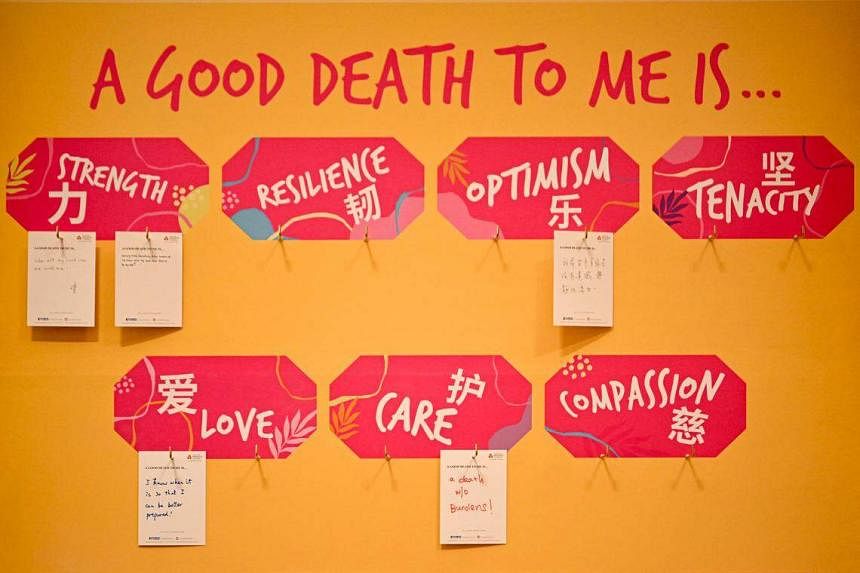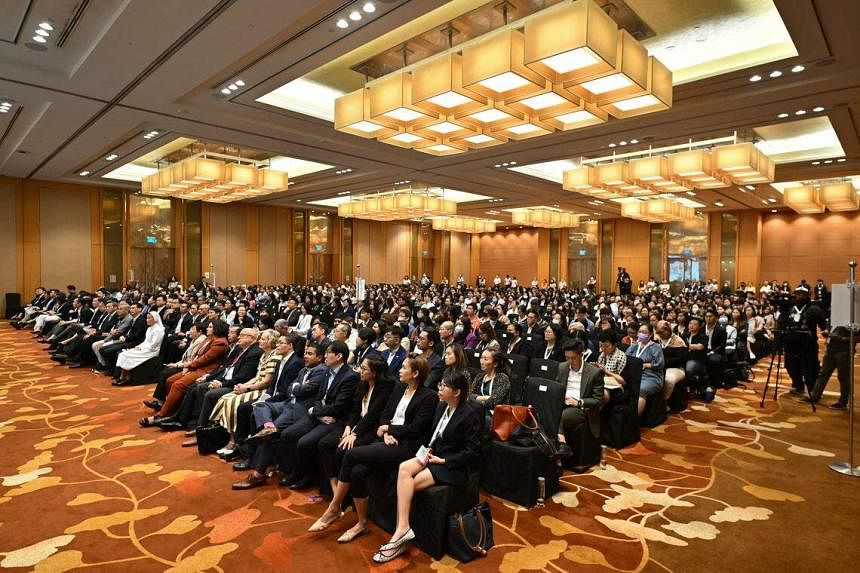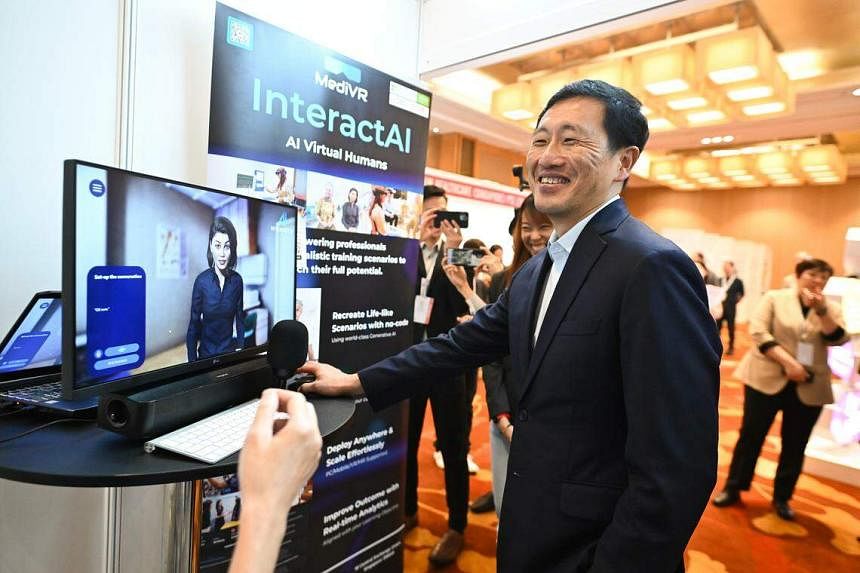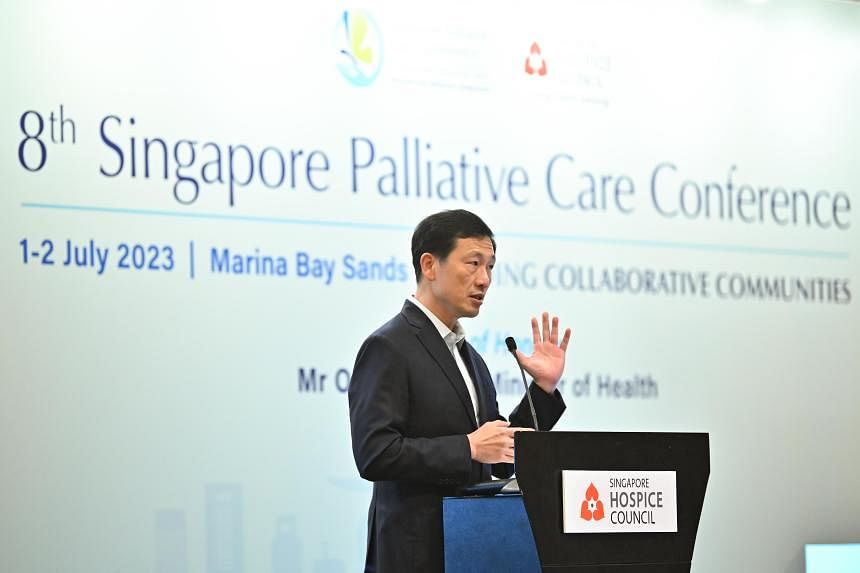SINGAPORE – Subsidies for palliative care will go up and the MediShield Life claim limits for inpatients will also be adjusted from the first half of 2024 to improve affordability and access to such services.
The limit on the MediSave lifetime withdrawal for home palliative care and day hospice patients who use their own MediSave will also be removed.
The moves are made in relation to the recommendations of the 2023 National Strategy for Palliative Care (NSPC), which was launched on Saturday. They will also allow palliative care providers to expand their capacity to support more clients who prefer to die at home.
Minister for Health Ong Ye Kung said his ministry will significantly increase financial support.
Speaking at the 8th Singapore Palliative Care Conference on Saturday, he added that to align this financial support to the subsidy framework for inpatient care at acute hospitals, the Government will ensure a minimum 50 per cent means-tested subsidy for palliative care, and up to the current maximum of 80 per cent.
“With this change, almost all palliative care patients will see an increase in subsidies, by up to 55 percentage points,” he noted.
“MediShield Life claim limits will be raised from $250 and $350 per day for general and specialised inpatient palliative care, respectively, to $460 and $500 per day. These limits will be sufficient to fully cover nine in 10 subsidised patients,” Mr Ong said.
The lifetime MediSave limit of $2,500 will also be lifted for all home palliative care and day hospice patients using their own MediSave, regardless of their conditions.
But the limit will remain for patients who tap MediSave accounts belonging to a family member, to preserve it for the latter’s own healthcare needs.
Mr Ong added that the changes will help in bringing about smoother transitions – from acute hospital care to palliative care, and between palliative settings, “whether it is inpatient, day or home hospice”.
“Compassionate discharges from hospital to home are critical moments, but they encounter barriers today. Many families are concerned about coping with care at home for a patient who is dying, and we need to address this,” he said.
“We will therefore be doing more to smoothen the process, with timely access to affordable equipment, curated resources and training for caregivers, and respite care services,” he added.
Sharing the story of his grandmother, Mr Ong said she was 80 when she was diagnosed with end-stage lung cancer.
“Each time I visited her at the hospital, she would tell me she wanted to go home. She said that one night at the hospital felt like a month,” he added.
“I had no doubt she would have wanted to go home, even if it was to pass on.” She died “surrounded by loved ones gathered around her hospital bed”.

A 2014 Lien Foundation survey found that 77 per cent of Singaporeans wanted to die at home, but only 30 per cent did.
The latter figure rose to 39 per cent in 2022.
For those who want to die at home, Mr Ong said: “We are putting in place standardised checklists and resources so that caregivers know what to expect and are equipped with the necessary medications in various situations, and especially when their loved ones are in their final hours. It is quite common that they get sent back to the A&E (department).”
The Ministry of Health (MOH) is also expanding the home-based respite care scheme, with hospitals now making direct referrals for those who are compassionately discharged home.
“The turnaround time has come down quite significantly, and we are still monitoring the numbers,” Mr Ong noted.
To complement the financing shifts for palliative care services, MOH will also enhance drug and vaccine subsidies for long-term medical care services, such as nursing home, home medical and palliative care.
Currently, drug and vaccine subsidies are extended only to long-term medical care patients from lower- to middle-income households.
Moving forward, Mr Ong assured that regardless of household income level, drug subsidies will be made available to all patients receiving palliative care from MOH-funded providers from the fourth quarter of 2024.
“Singapore citizens will receive drug subsidies of at least 50 per cent, and permanent residents (PRs) will receive at least 25 per cent,” he said.

Currently, those from higher-income households do not benefit from drug subsidies.
All these financing changes will be implemented in phases from the first half of 2024, Mr Ong added. Palliative care providers will receive about $15 million more support a year – with this “plus the support of their donors, they will be able to expand their care capacity significantly”.
The present estimated capacity of home palliative care is about 2,000 patients at any point in time.
The three major providers – HCA, Assisi and Dover Park Hospice – are committed to increasing home palliative care capacity by about 40 per cent, or 800 places, by end-2025, and more over the following few years.
With this growing capacity, Mr Ong said there is a need to recruit and train local and foreign staff.
“Our nursing homes, home care and family doctors can and will need to play a larger role in caring for their patients approaching their end of life. We need to train them, and provide them with more support,” he added.
“We will pilot new care models, for instance, having home medical and nursing providers care for their patients with complex chronic conditions and frailty, towards the end of life, with the support of specialised palliative care providers.”

For manpower, he reiterated that apart from recruiting locally and overseas, granting PR status to foreign healthcare workers’ dependants is worth consideration.
First drafted in 2011, the 2023 NSPC was reviewed in the past year, and the outcome will shape the future of palliative care in Singapore and ensure that it meets the rising needs of individuals facing serious illnesses as the country becomes a super-aged society by 2026.
Chairman of the NSPC workgroup and co-chair of the Singapore Hospice Council (SHC) clinical services steering committee Angel Lee said: “The refreshed NSPC has to plug into the wider transformation in our local healthcare, to create collaborative service and financing models so that palliative care is accessible, of quality and supported by the whole community.”
The outcome of the review was announced at the biennial four-day conference at the Sands Expo & Convention Centre, which has over 100 local and overseas speakers as well as more than 500 participants.



